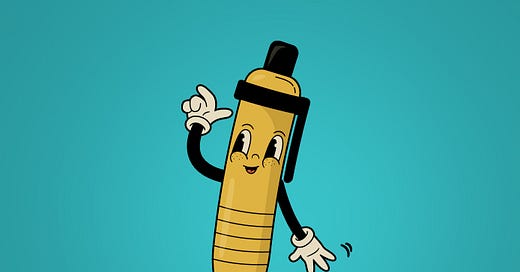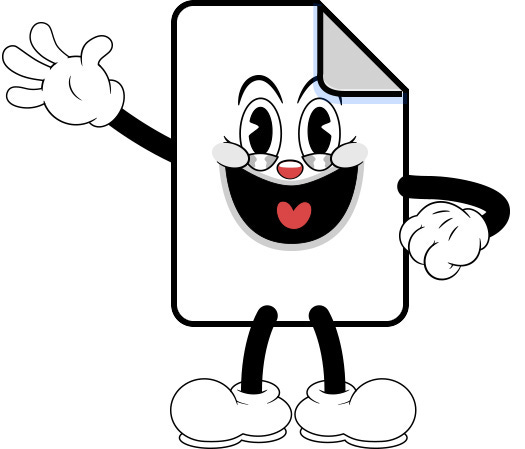Summary: Over the past 18+ years, I have developed a unique storytelling approach to resume writing. My approach effectively showcases skills, accomplishments, and a cohesive career narrative. This two-step strategy has proven to differentiate advanced UX Researcher's resumes in today's competitive job market.
Throughout my 18+ years as a UX researcher, I've discovered that the traditional way of crafting resumes doesn't cut it when trying to stand out in a sea of experienced professionals. That's why I developed a storytelling approach to resume writing, one that has consistently worked for me and might be the game-changer you're looking for. This method showcases our skills and accomplishments and weaves a cohesive narrative of our professional journey.
The Framework: A Two-step Strategy
This approach breaks down into two primary steps, each designed to highlight different facets of your career in a strategic and engaging manner.
Step 1: Aggregate Your Highlights
Step one is to aggregate all your major career accomplishments into a single bulleted list. This serves as a snapshot of your career's highlights. Here is my list as an example:
Designed UX research systems still active today, supporting products with over $2 billion in annual revenue.
Managed cumulative research budgets exceeding $35 million annually.
Created UX research frameworks for products currently used by over 10 million users daily.
Worked extensively with complex AI, AR, and VR products and features.
Facilitated UX research/design meetings and workshops with product teams, fostering alignment at all my former employers.
These bullets give a quick overview of the breadth and impact of my experience. I hope this example gets you thinking about what your list would look like and what key aggregated accomplishments you could put at the top of your resume.
Step 2: Craft Targeted Career Narratives
The second step is where the storytelling really takes shape. To demonstrate this, I've broken down my career into segments, each highlighting how one role led to the next, showcasing growth and learning. For example:
I spent nearly nine years at Minitab, mastering statistical rigor at the world's most sophisticated statistical software provider. (Think of it as the X-Men school for stats.)
Next, I was recruited at Siemens to lead UX research on their Central Technology Office's ResearchOps team, scaling the UX research system I developed at Minitab, where I realized the profound impact systems thinking can have on huge organizations.
Then, I was approached by Aten Design Group, a boutique digital agency that works with the world's largest nonprofits, universities, and government agencies. As a consultant, I learned how to communicate complex UX ideas to various executive teams. (Think data as storytelling.)
I was later recruited by Jungle Scout, the premier data analytics software for Amazon Sellers, to help orchestrate a departmental turnaround. (See the impact 18+ years of experience can make at an organization in only 2 1/2 months using advanced generative research methods.)
Finally, at Bowery Valuation, an early-stage startup in the real estate sector, I applied my full range of experience to influence C-Suite decision-making, applying management strategies, leadership, and systems thinking to instigate change in a fast-paced, high-stakes environment.
Like in step 1, this prompts you to ask what kind of narrative your career experience could tell.
Why This Approach Has Been Effective for Me
This method of resume writing has several key benefits that have helped differentiate me in the market:
Highlights Leadership and Growth: By framing each job as a chapter in my career story, I can showcase not just my skills but my ability to grow, adapt, and lead.
Ensures Clarity and Focus: Tailoring each section to highlight a unique aspect of my journey helps avoid redundancy, making my resume a focused narrative of my career.
Guides Portfolio Selection: With a clear storyline, choosing case studies for my portfolio becomes a strategic process, ensuring I present a well-rounded view of my capabilities.
Conclusion
Adopting this framework for resume writing has been pivotal in my career strategy, enabling me to showcase my journey and the impact of my work effectively. It transcends a mere resume; it's a narrative that encourages potential employers to recognize the value I offer. Most importantly, I've been told by many hiring professionals that it makes my resume stand out in a crowded market. I think this is especially applicable in today's job market.
How do you approach resume writing? Any tips, tricks, or shareable ideas? If so, DM me or comment here so we can all benefit from your experiences. I think we experienced UX Researchers need to stick together and support one another. I hope you do as well. Thanks for reading!






Very nice. Sending this to some soon to graduate folks.